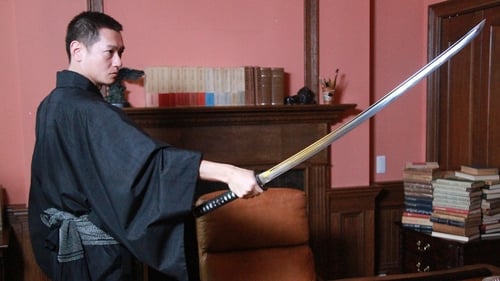Masayuki Kakegawa
Birth : , Yokohama, Kanagawa Prefecture, Japan
History
Born 1951. Screenwriter. Joined Wakamatsu Production in 1975 and wrote screenplays under the joint pseudonym 'Izuru Deguchi'. In 1981 he became a full-time journalist for a weekly magazine and since 1991 he has been a freelance reporter, covering events such as the Gulf War and the Yugoslav Wars, as well as financial markets and World Heritage sites. In the course of his work, he has covered events in over fifty countries.



